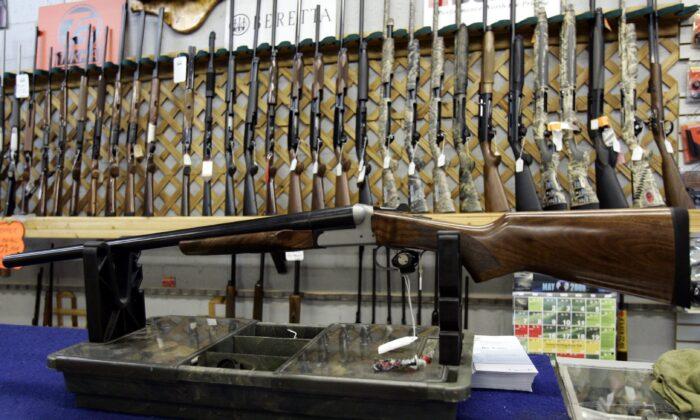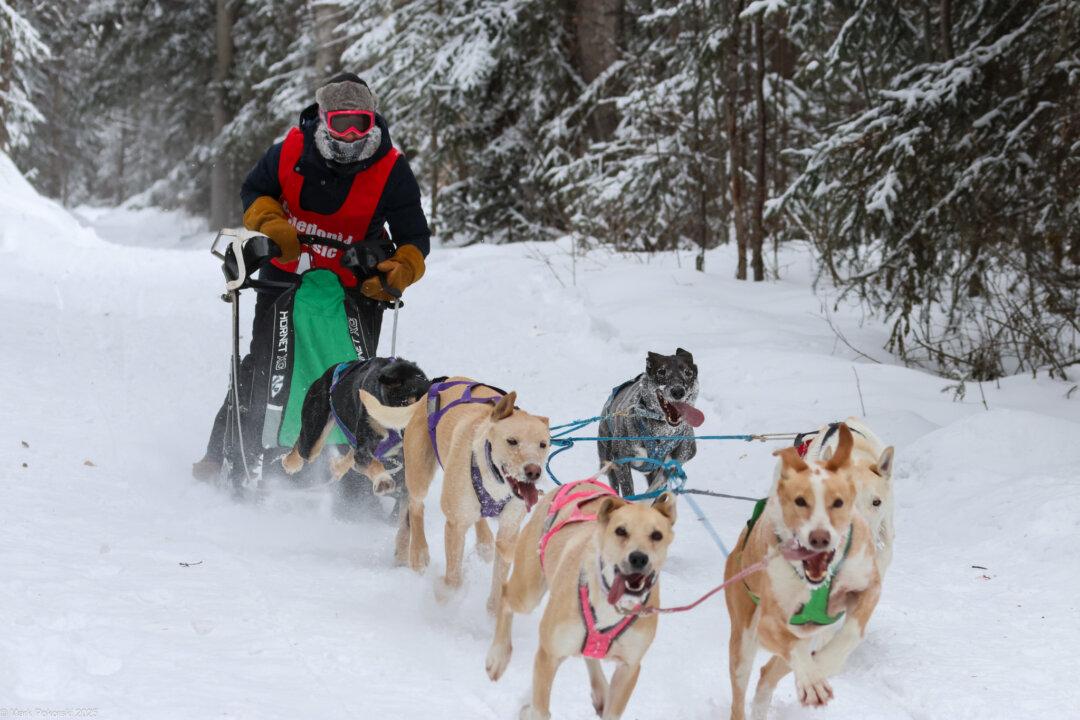There were questions and frustration at a committee meeting on the federal government’s proposed amendments to its firearms legislation, Bill C-21.
“They did it all backwards,” said Bloc Québécois MP Kristina Michaud, through a parliamentary interpreter. “It’s difficult to find your way through such a binder and explain to constituents what this is all about,” she said during the Dec. 6 meeting of the Standing Committee on Public Safety. The binder of proposed changes to Bill C-21 runs well over 400 pages, and was added on Nov. 22.
Michaud said the proposals to significantly expand the list of banned guns are confusing, and she spent nearly an hour questioning witnesses from the Department of Justice and the RCMP, trying to nail down some definitions of what types of guns could be banned, and why.
“As long as the parliamentarians sitting at this table don’t have the tools to be able to clearly explain this in 15 seconds or less, what this amendment is intended to do, we’ll never find an agreement,” she said. “And to add to all of that, the Minister of Public Safety and even the Prime Minister have hinted in the last couple of days that weapons or guns used just in hunting might be found in this list, so one, or a thousand, how are we supposed to find that? ... How is the public supposed to be able to identify these guns?”
An exchange between Michaud and Murray Smith, a witness and technical specialist with the Canadian Firearms Program, was fairly typical.
“It’s been brought to our attention that certain weapons added to the schedule are guns that are reasonably used for hunting,” said Michaud, referring to a model of shotgun made by Benelli.
She asked why one version of the gun is on the banned list, while another is not, based on factors like the configuration of the stock.
“Are we to understand from these characteristics that one model will be prohibited, and one won’t, according to the shape of the handle?” she asked.
Murray Smith replied there are a variety of factors used in classifying guns.
“I can’t speak directly to what was in the mind of the policy-maker who made the decision to create this list,” said Smith. “However, by analyzing paragraph 7 it’s plain that those models of the Benelli Model M1 and M3 which are in a hunting configuration are exempted … and those which are in tactical configuration are prohibited.”
Michaud followed up: “So it’s somewhat the look that draws the line?”
“It’s the totality of the characteristics,” said Smith. “There would be combination of accessories, which you could describe as appearance, a combination of physical characteristics, length and configuration of the stock, configuration for the sights, plus the tactical versions generally have a shorter barrel than the hunting shotguns, and may have a larger magazine as well,” he said.
Critics have pointed out hunting rifles like the Ruger No. 1 are targeted. It’s a single shot rifle that has to be reloaded after every shot. Another example is the Weatherby Mark 5, a bolt action hunting rifle.
Under questioning by Liberal MP Taleeb Noormohamed, Smith said that weapons like these would only be banned in calibres capable of a muzzle energy of 10,000 joules or more, which he explained covers very large calibres for things like hunting big game in Africa.
Smith said the prohibitions “would not apply to the Weatherby Mark V if it’s chambered for a calibre which produces energies of less than 10,000 joules,” he said. “These are ordinary common calibers used by hunters in Canada, so there’s lots of calibers available and lots of calibers in common use which are nowhere near as energetic as 10,000 joules,” he said.
There appears to be a groundswell of opposition to the amendments. Provincial governments in Manitoba, Saskatchewan, and Alberta have already said they oppose it. Earlier this week, NDP MP Charlie Angus, who represents a northern Ontario riding, on Twitter called the amendments “hugely problematic and must be fixed.”
“Our people can’t afford to have our guns taken away, especially when we are trying to put food in the table during these unprecedented times,” said FSIN Vice Chief Heather Bear in the statement. “This legislation has the potential to do real harm to our First Nations.” The FSIN represents 74 First Nations in Saskatchewan.
Michaud proposed a motion to add more hearings and witnesses independent of government to the committee’s schedule, but it did not pass.





